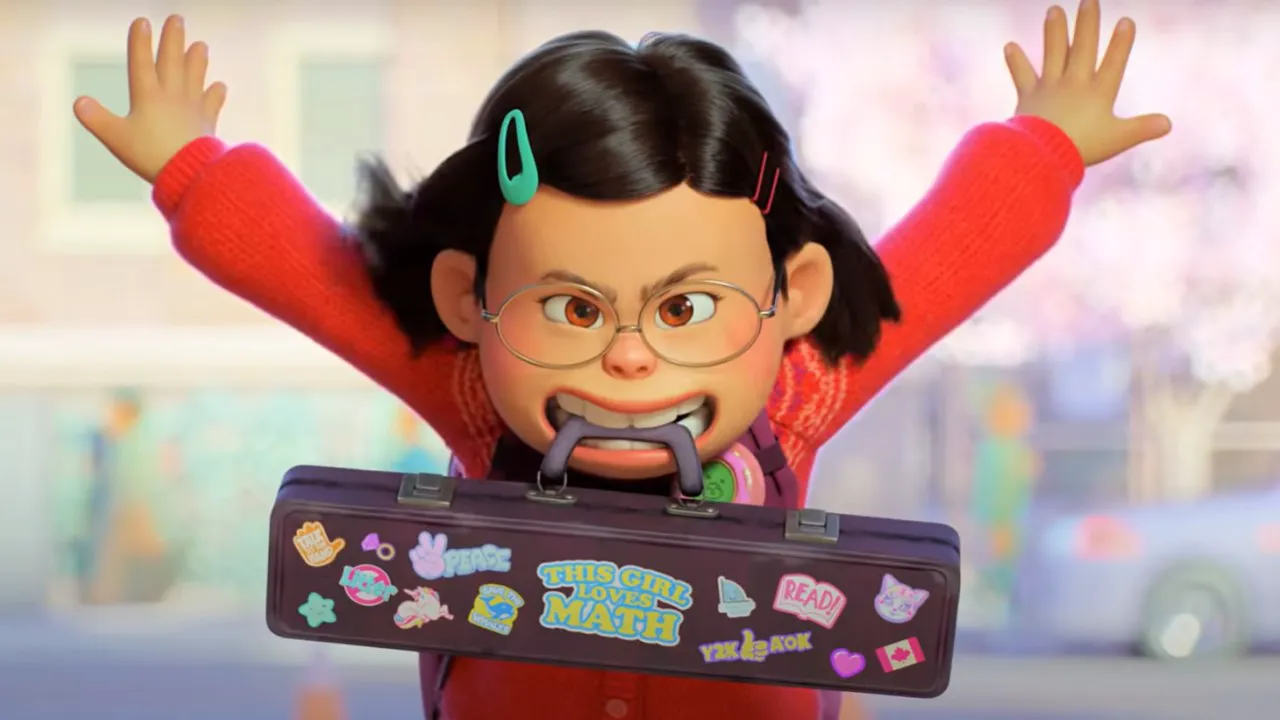Rouge
Plot
In the midst of the vibrant city of Paris, 1937, a peculiar murder case unfolds, bringing with it a cast of eccentric characters and a dash of wit. Detective Jean Martin, a man of keen observation and dry wit, is summoned to the scene of the crime: a quaint apartment building in the heart of the city, where painter Arthur Dubois lies dead. As Jean begins his investigation, he is met with an array of suspects, each with their own compelling alibis and tantalizing motives. There's Pierre, the charming but troubled neighbor, who stands to gain a significant inheritance from Arthur's estate; Colette, the sultry and flirtatious artist's model, who may have had a romantic tryst with the deceased; and the infamous Madame Olympe, a cabaret performer with a notorious reputation for her extramarital affairs. Initially, Jean is tasked with piecing together the events of the fateful night. He interviews the cast of characters, each with their own take on the events. Pierre describes a peaceful evening of cigars and idle chatter, Colette claims to have been at a rival artist's studio, and Madame Olympe implies she was indisposed at the time of the murder, citing a mysterious appointment. As Jean digs deeper, he uncovers a web of secrets and lies, all of which lead him to question the suspects' versions of events. In a bizarre twist, he discovers that Arthur was, in life, a complex and conflicted individual. The painter was struggling to find inspiration for his next masterpiece, plagued by creative blocks and financial woes. The murder, it seems, was not an isolated event, but rather a symptom of a far more sinister plot. Unraveling the mystery, Jean discovers that Arthur's disquietude was linked to his dispute with none other than Madame Olympe, who had been financing the painter's work on the condition that he create a portrait of her. As tensions escalated, Arthur discovered that Madame Olympe was, in fact, secretly bankrupt, and her backing was merely a ruse to exploit his talent for her own gain. Against this backdrop of deceit and ambition, Jean unearths a series of red herrings, each revealing a new facet of the complex case. It becomes clear that Pierre had a prior relationship with Colette, sparking a rivalry that may have led to the murder. Meanwhile, Colette, it turns out, had been engaged in a sordid affair with Arthur, and the painter's reluctance to end their tryst sparked his suspicion that she may have been involved in the murder. With so many threads to untangle, Jean navigates this labyrinthine world of Parisian art and society. The absurdity of the situation becomes further complicated as he confronts the dark underbelly of the bohemian community. Through a fascinating tapestry of narrative tropes and artistic eccentricities, the detective gradually unravels the threads of the mystery, revealing a stunning picture that rivals the grandeur of the city itself. In a climactic confrontation, Jean ultimately reveals the truth behind Arthur's gruesome death, implicating the key suspects and shaking the foundations of the city's art circle. With a shocking twist, he unmasks the prime suspect, Pierre, who confesses to the murder. The final reveal strips away the veil of mystery, instead exposing a shocking chain of events that forever alter the trajectory of the lives involved. The case of Arthur Dubois is not just a whodunit, but a complex commentary on the paradoxical nature of art and ambition in the glittering city of Paris. Through Jean's astute observation, the film exposes the darker side of creatives, revealing the shallow materialism and dissembling facade that lay beneath the City of Light's urbane surface.

